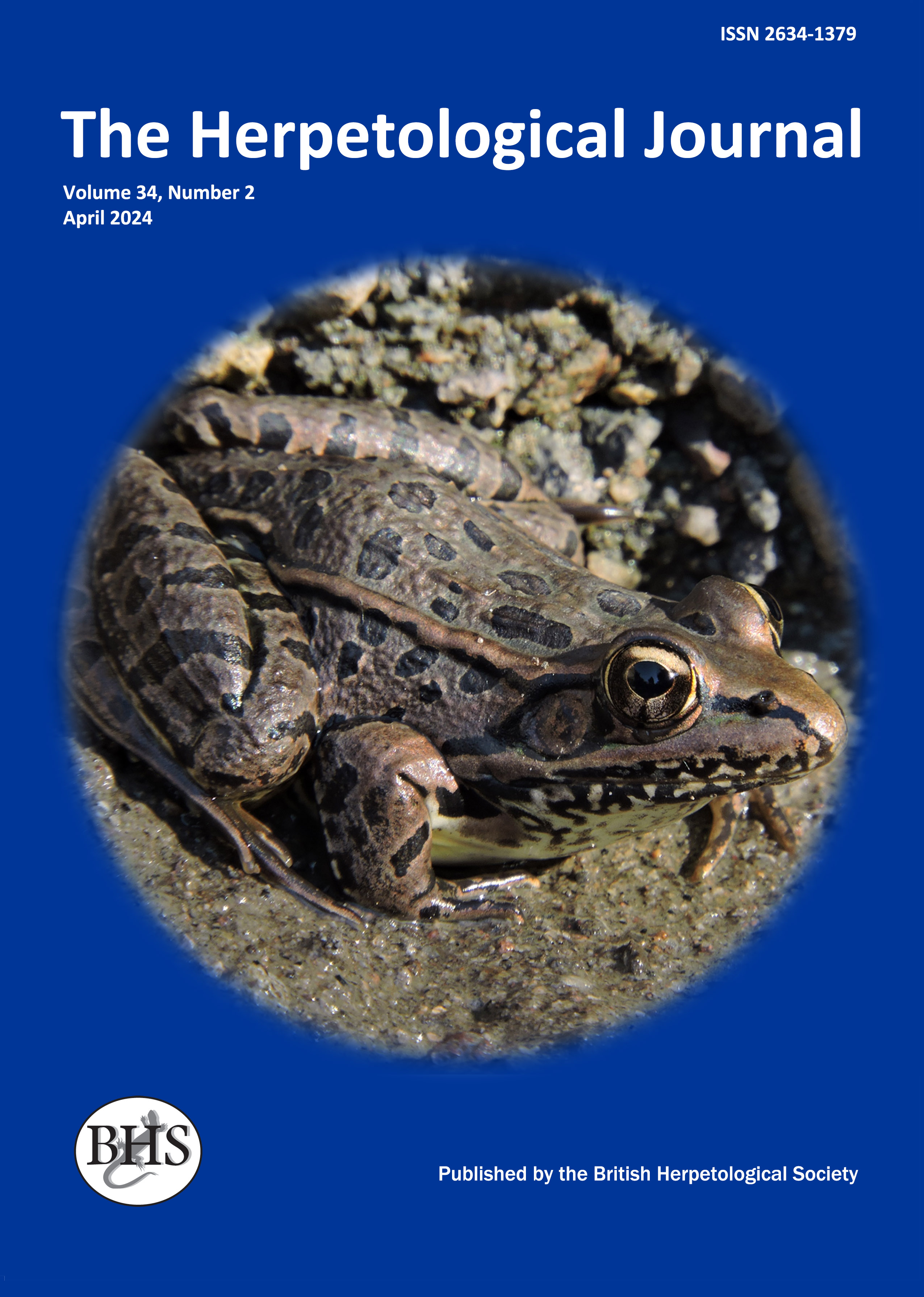
The Herpetological Journal
The Herpetological Journal is the Society's prestigious quarterly scientific journal. Articles are listed in Biological Abstracts, Current Awareness in Biological Sciences,Current Contents, Science Citation Index, and Zoological Record.
ISSN 0268-0130
2021 Impact Factor from Clarivate for the Herpetological Journal is 1.194, an increase of 0.332 from 2020.
pdf 09. An assessment of funding and publication rates in Herpetology
585 downloads
Open Access
https://doi.org/10.33256/hj29.4.264273
pp. 263-273
Authors: Bruno de Oliveira Ferronato
Abstract: Currently, herpetofauna worldwide is facing enormous threats; the number of threatened species is increasing at an alarming rate and many species have gone extinct. Despite efforts of institutions and researchers to understand and address the causes of declines and raise awareness of herpetofauna conservation, there has been no systematic study to evaluate the allocation of funding for basic and applied research relevant to conservation, relative publication rates, and the relationship of these measures to a degree of threat among herpetological groups. This study addresses this gap and identifies strengths and weaknesses of herpetological research and conservation over the last 10 years (2008-2018). Frogs had the highest grant-publication index (1384), followed by lizards (695), turtles (678), snakes (461.5), salamanders (366.5), crocodiles (164), caecilians (25.5), worm lizards (23) and tuatara (10). Nonetheless, when the grant-publication index is divided by the number of threatened and data-deficient species within each group, it demonstrates that, proportionally and in ascending order, salamanders, snakes, lizards, worm lizards, frogs and caecilians are in most need of knowledge and on-going funding for their conservation and survival. I was able to document a continued shift in attention in herpetological research owing to the emergence of chytridiomycosis and the global decline of amphibians. Despite some caveats, these findings should represent a proxy for the allocation of research and conservation effort on herpetofauna worldwide. I suggest priorities for research and how to better direct efforts to herpetofauna conservation.
Keywords: amphibians, extinction, IUCN Red List, literature representation, natural history, reptiles

